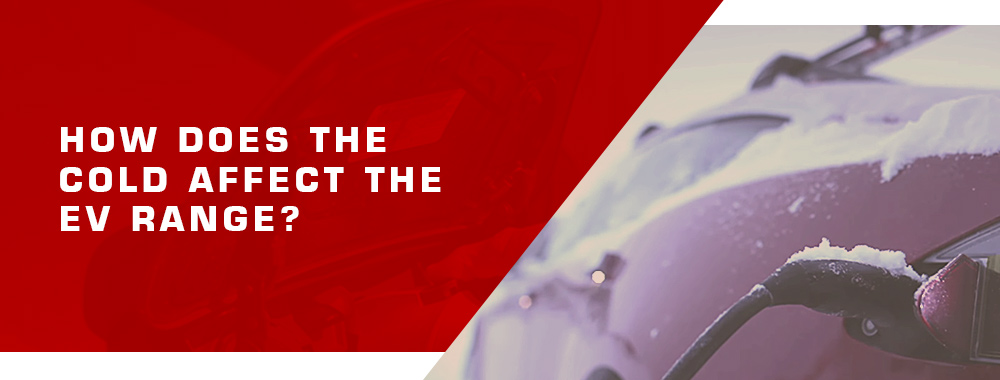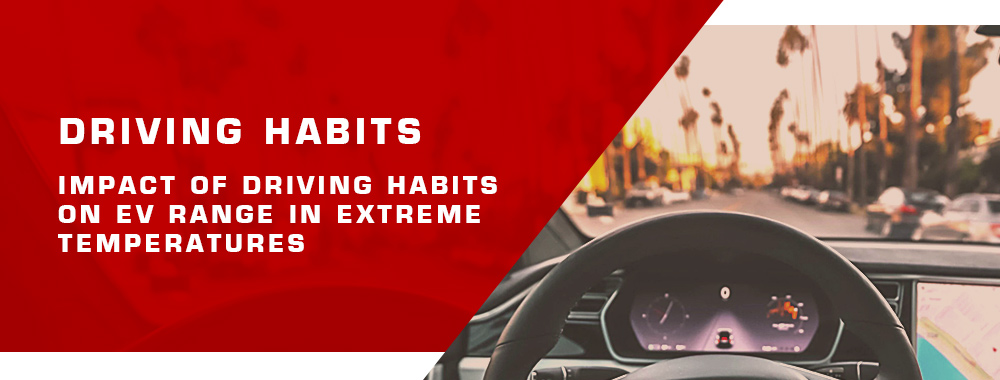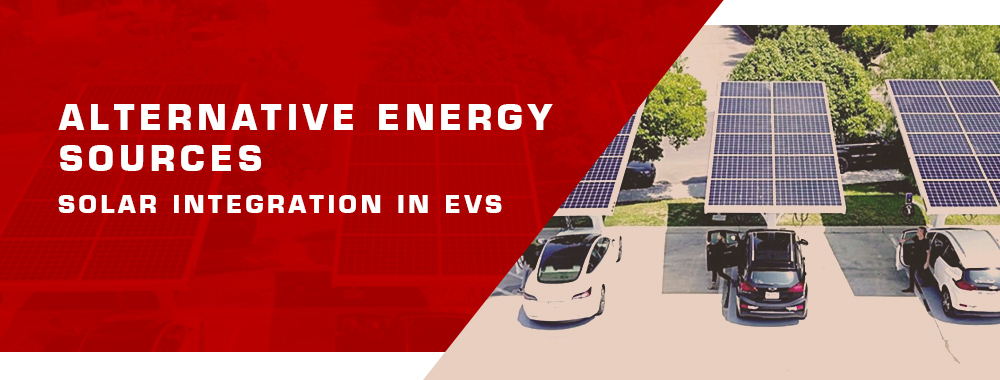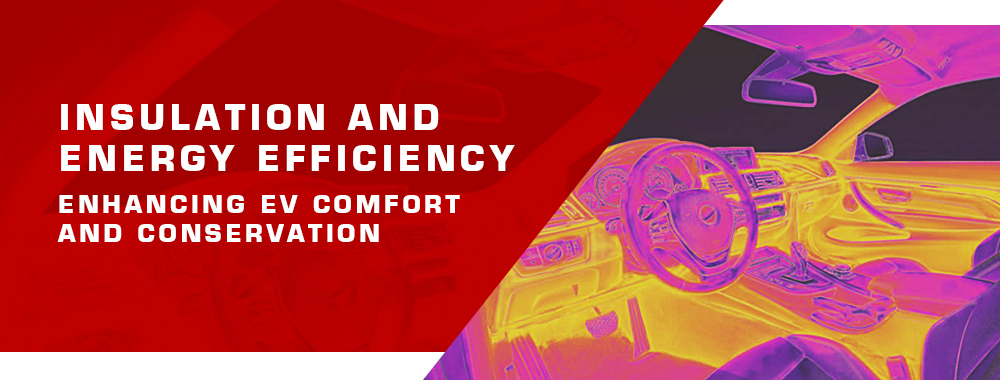What is the best weather for electric cars?
The ideal weather for an electric car battery is 70°F without precipitation. If the temperature drops to -21°F or rises to 95°F, however, the range of many electric cars will drop by more than a third. Even newer electric cars with battery cooling systems lose their charge in hot and cold weather. So how do you keep your battery working in bad weather?
What effect do rain and high humidity have on the distance covered by an electric car?
Rain does not affect the battery as much as heat or frost, but many owners of electric cars notice that in rainy weather the range is reduced. The car has to spend its energy to run the wipers, headlights, and heating the interior.
When it rains, the car is harder to drive because of the decreased resistance in the tires. If you’ve ever driven through a deep puddle, you may have felt that as soon as the car enters the water, it puts up resistance, and the speed drops. When you drive an electric car on a wet road in the rain, the same thing happens, and the slippery road takes miles off the range.
One of the rules for storing an electric car when you are away for a long time, is to shelter it from bad weather.

Electric cars become less energy efficient during cold weather. The low temperature significantly reduces the performance of the battery, and its ability to accept a charge. This is due to a decrease in the speed of ion movement and chemical reactions. Professionals know this, but you will not find weather conditions using the Tesla range calculator, as such weather conditions can be quite varied.
Electricity is also spent to maintain an optimal temperature. Energy consumption and the kilowatt-hour to mileage ratio don’t just change because of the need to heat the car. This includes keeping the battery itself at an optimal temperature.
A study by the American Automobile Association showed that when the cabin heating is turned on, the range of any electric car is reduced by 41%. So if a Nissan Leaf is rated for 150 miles of driving, it will only go 87 miles, after which you’ll have to plug the car into a charger.

When the outside temperature reaches 95°F and air conditioning is used inside the vehicle, driving range is reduced by 17%. Extreme temperatures themselves play a role in reducing range. A large negative effect on electric vehicle range is also caused by the use of HVAC in these conditions.
How does cold weather affect electric car charging times?
The test was conducted for 30 minutes on a Level 3 charging station, with an initial charge corresponding to 20%. In the first case, the temperature was 77°F and the battery was charged to 80%. The second time the temperature was 32°F and the battery charged to 44% at the same time. The right NEMA 14-50 home charger will charge a car in cold weather with about the same consistency.
So, if you are looking for a good and reliable electric car charger, we recommend that you take a look at the Mustart charger models. They have been proven to be stable and efficient in their operation, which is why they stand out from the competition. Be sure to read our next article, where we will compare different types of electric vehicle chargers in order to help you make an informed decision about which one is best for your needs.
How do you calculate EV mileage, charge price under normal conditions?
Use the cost to charge EV calculator to find out your charging cost. It takes into account home use options or is applicable to EVSE networks. For distance estimation, use the EV range calculator, where you can find out the distance at the current charge and after recharging. To understand how long it will take to wait during the charging process, use the charge time calculator for EV.

The electric car travels shorter distances in unsuitable weather. This requires more frequent charging. More frequent public charging stations [22] on the route of electric cars will partially solve this problem. Consequently, the cost of operating the car increases accordingly. For example along with the AAA study mentioned above, showed that using a heater when it’s 20°F outside adds almost $25 for every 1,000 miles compared to the cost of driving around town and the highway at 75°F.

Improved Resistance to Temperature Extremes
Modern battery technologies have been developed to better handle extreme temperatures. For instance, solid-state batteries, which are expected to be introduced in the coming years, might not require a liquid component, eliminating issues related to the catalyst becoming viscous in cold temperatures. This could potentially mitigate the loss of range experienced in cold weather conditions.
Optimal Performance in Mild Weather
Most electric vehicles (EVs) are designed to perform optimally at around 80-degree Fahrenheit. However, when temperatures rise significantly above this or drop below, the battery’s range can be affected. For instance, on average, EVs lose about 17% of their range when the temperature reaches 95 degrees Fahrenheit.

Increased Grid Capacity
With the rise in EV adoption, especially in places like Texas, there’s a growing concern about the strain on the electrical grid. However, advancements such as the doubling of solar power since 2022 have helped in managing the increased demand. Moreover, organizations like ZETA estimate that in 2021, EVs used only 0.15% of the total national energy generation, indicating that the growth in available energy is outpacing the new demand from EVs.
Bidirectional Charging
Modern EVs from manufacturers like Ford, Hyundai, and Volkswagen are being designed with bidirectional charging capabilities. This technology allows EVs to return energy to the grid, further supporting the infrastructure and potentially reducing the strain during peak times.

Driving in Cold Weather
Cold temperatures can significantly reduce the range of an EV. For instance, when the temperature drops to around 16° F (-8° C), a considerable amount of energy is required to maintain the cabin’s temperature and keep the battery pack in its ideal operating condition. In tests, some EVs showed a 25% loss of range in cold weather compared to mild weather conditions.
Driving in Hot Weather
High temperatures can also affect the battery performance of EVs. For example, when the temperature reaches 95 degrees Fahrenheit, EVs can lose an average of 17% of their range. Moreover, excessive heat can accelerate the chemical reactions inside the battery, potentially leading to faster degradation. To mitigate the effects of heat, it’s recommended to park in shaded areas, pre-cool the vehicle while it’s still plugged in, and use air conditioning sparingly.

Solar Integration
Some electric vehicles are exploring the integration of solar panels on their roofs or bodies. This can serve as an auxiliary power source, particularly beneficial in sunny conditions. For instance, the solar panels can offset the energy consumption from air conditioning, thereby conserving battery power.
Benefits
The integration of solar panels can lead to extended range, reduced charging frequency, and a decrease in the vehicle’s carbon footprint. For example, a vehicle parked in the sun can potentially harness solar energy to recharge its battery or power its internal systems.

Weather-Adaptive Driving Modes
Future software updates for electric vehicles might introduce modes that adjust vehicle settings based on current weather conditions. This can optimize both range and performance, ensuring that the vehicle operates efficiently regardless of external conditions.
Real-time Adjustments
These adaptive modes can make real-time changes, such as adjusting the power distribution, altering the air conditioning or heating intensity, and even suggesting optimal speeds for current conditions.

Advanced Insulation
Future electric vehicle designs might incorporate advanced insulation techniques or materials, similar to how homes are insulated. This can help maintain optimal internal temperatures, reducing the need for energy-intensive heating or cooling.
Benefits
Effective insulation can lead to significant energy savings, longer battery life, and enhanced passenger comfort. For instance, a well-insulated vehicle might require less frequent use of the heater during winter, conserving battery power.

Efficiency Challenges
While regenerative braking is a common feature in many EVs, its efficiency can be compromised in wet conditions. Cold batteries, for instance, can’t accept as much energy as warm ones, making energy recovery less effective in colder climates or rainy weather.
Potential Improvements
Research and technological advancements can lead to better energy recovery systems that are optimized for wet conditions, ensuring that even in rainy weather, EVs can effectively harness and store energy during braking.

Hybrid vs. Pure EVs
Plug-in hybrid vehicles combine an internal combustion engine with an electric motor. In extreme weather conditions, they might have the advantage of leveraging the combustion engine when the electric system is less efficient.
Range and Efficiency
While pure EVs might suffer from reduced range in extreme temperatures, hybrids can switch to their gasoline engine, ensuring consistent performance and range.

Charging Frequency
Weather conditions can affect the range of EVs. Reduced range might lead to more frequent charging, potentially increasing electricity costs for users.
Travel Decisions
Understanding the economic implications can help users make informed decisions about their travel plans, ensuring they’re not caught off-guard by unexpected charging needs or costs.

Importance of Knowledge
As the EV market expands, there’s a growing need to educate consumers about best practices for driving and maintaining their vehicles in different weather conditions.
Longevity and Performance
Proper education can ensure that users know how to maximize their vehicle’s lifespan and maintain optimal performance, regardless of external conditions.
How Does Cold Weather Affect Tesla’s Electric Vehicle Range
Cold weather can indeed affect the range of electric vehicles. This is largely due to the extra energy being spent to keep the battery pack and cabin warm. Lithium-ion batteries, which are used in electric vehicles, have an optimal temperature range for functioning. The battery management system of a vehicle works to keep the battery within this range, not too hot and not too cold. During winter, the main task is keeping the battery pack warm, which consumes energy that would otherwise be spent powering the vehicle.
What is the Impact of Cold Weather on Different Tesla Models?
The impact of cold weather on the range of different Tesla models varies. For instance, the Tesla Model S Long Range All-Wheel Drive variant, which has an EPA rated range of 405 miles, can expect a range of around 259 miles when driving in weather at around 20 degrees Fahrenheit. The most efficient Model 3 version, with an EPA rated range of 358 miles, can expect around 240 miles of range in the same conditions. The Model X and Model Y also experience similar range reductions in cold weather.
How Does Cold Weather Affect Internal Combustion Engine Vehicles?
It’s important to note that cold weather also affects the range and efficiency of internal combustion engine vehicles. According to fuel economy tests, a conventional gasoline car’s gas mileage is roughly 15% lower at 20 degrees Fahrenheit than it would be at 77 degrees Fahrenheit. It can drop as much as 24% for short three to four-mile trips.
What are the Solutions to Cold Weather Range Loss in Teslas?
While cold weather does affect the range of Tesla vehicles, there are solutions to mitigate this issue. One of the key solutions is preheating your vehicle before you get into it. Tesla vehicles can be preheated using the Tesla app, which can defrost the windows and warm up the cabin before you start driving. This can help prevent issues like freezing door handles and windows, and also reduce the initial energy consumption of the vehicle when you start driving.
How Do Teslas Perform in Snowy and Icy Conditions?
Apart from range loss, another concern with driving in cold weather is the vehicle’s performance in snowy and icy conditions. Teslas, especially the all-wheel-drive models, perform very well in somewhat slippery conditions when coupled with the right tires. Tesla’s traction control system, coupled with their highly responsive electric motors, allows for impressive performance in these conditions.
How Does Hot Weather Affect Electric Cars?
Hot weather can indeed affect the range of electric vehicles. This is largely due to the extra energy being spent to keep the battery pack and cabin cool. Lithium-ion batteries, which are used in electric vehicles, have an optimal temperature range for functioning. The battery management system of a vehicle works to keep the battery within this range, not too hot and not too cold. During summer, the main task is keeping the battery pack cool, which consumes energy that would otherwise be spent powering the vehicle.
What is the Impact of Hot Weather on Different Tesla Models?
The impact of hot weather on the range of different Tesla models varies. For instance, the Tesla Model 3 Standard Range Plus, which has an EPA rated range of 240 miles, can expect a range of around 153 miles when driving in weather at around 28 degrees Celsius. This is due to the energy consumed by the air conditioning system to keep the cabin cool.
Does Hot Weather Affect Your EV Battery?
Yes, hot weather does affect your EV battery, but not significantly. According to a study conducted by the Idaho National Laboratory, EV battery packs deteriorate faster if their only power source is Level 3 fast charging. However, the difference is relatively small. In fact, Tesla’s handbook also mentions that DC charging does have adverse effects on their vehicles when used frequently.
Driving my Nissan Leaf in Minnesota has been a bit of a challenge, especially during winter. Noticed a significant drop in range on colder days, even with preheating the cabin. It’s a great car, but winter driving can be tricky. Anyone else in colder climates have tips for maximizing range?
I’m in Arizona and during those scorching summer days, my EV range takes a dive. I was aware of the cold weather impact but wasn’t expecting the heat to have such an effect. Does anyone know if there’s a protective accessory to help maintain battery temperature?
I use reflective sunshades on my windows when parked in the sun. Helps keep the interior cooler, reducing the need for intense AC when starting up. Not a direct solution, but every bit helps in the desert heat.
I’ve written a step-by-step guide on preparing your EV for colder climates, including battery care and maintenance. From my experience in the Rockies, proper preparation can save you a lot of headache (and range). Anyone interested?
Looking for an EV that’s proven to handle both extreme cold and extreme heat. Budget is flexible but reliability and consistent performance are key. Recommendations?
I’ve driven both the Chevy Bolt and Nissan Leaf in varying weather conditions. Bolt seems to handle temperature fluctuations slightly better, but the Leaf’s comfort features are top-notch. Thoughts from other dual-EV owners?
Recently drove my EV through some heavy rain and humidity. Felt like it was dragging a bit and the range dropped more than I expected. Anyone else faced issues with driving in high humidity?
Just read about a new tech being developed that’s supposed to regulate battery temperature in extreme conditions, promising to maintain optimal performance. Keeping an eye out for its release!
I’ve been looking into bulk-buying weather-protective covers for EVs, specifically for winters in Montreal. If anyone’s interested in joining for a group discount, let me know!
Heads up! Watch out for cheap knock-off battery warmers online. They might seem like a deal, but some reports suggest they can be harmful to your battery’s health. Always go for trusted brands.